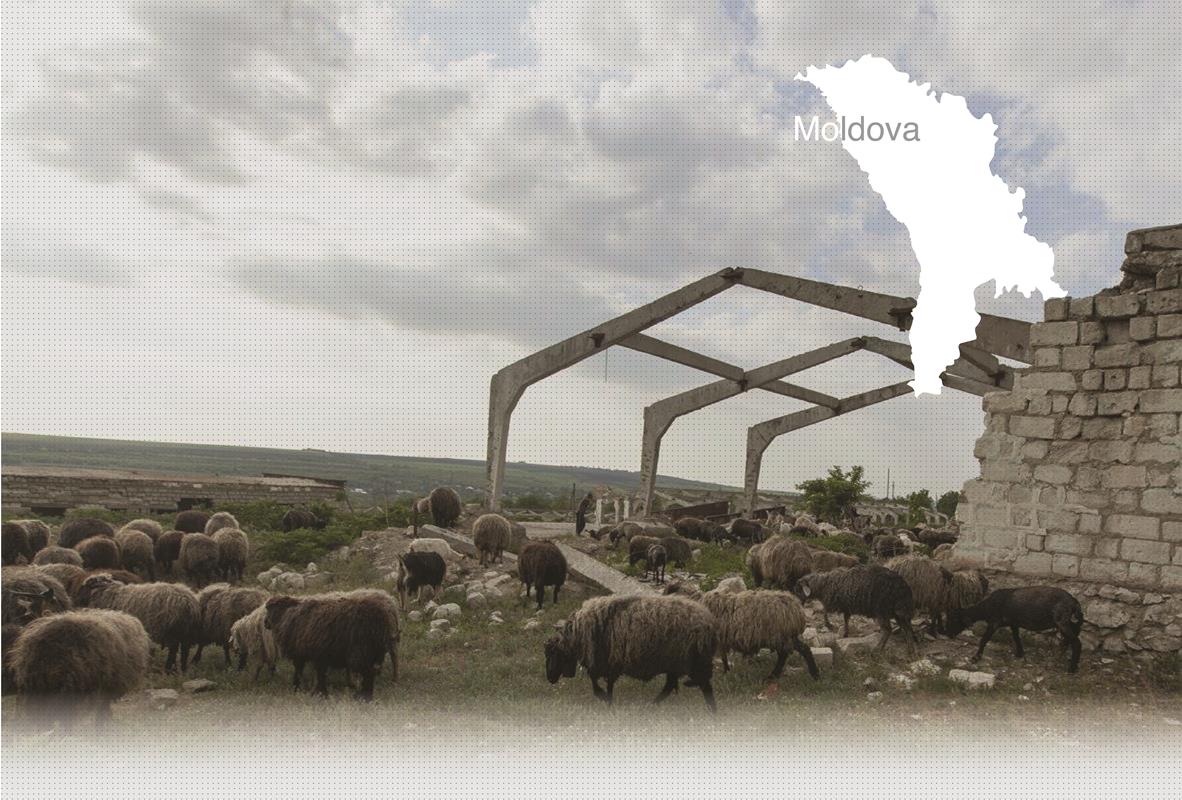

1 Sitio(s) de ejecución
Anatoli O., born in 1920: "Y.U: Did you see when they brought the Jewish men from the village to Șofrîncani ?
Witness: Yes, I saw them. When I was working at the lake, they passed right by me.
Y.U: Who brought them to Șofrîncani ?
Witness: Romanian gendarmes.
Y.U: How did it happen: they took the men first to Șofrîncani, and then they killed the women?
Witness: First, they killed the women and children here, and then they took the men away.
Y.U: They were shot in Șofrîncani, right?
Witness: They were shot in Șofrîncani, yes.
Y.U: Where were they shot: in a pit, in a field?
Witness: They were taken to a field.
Y.U: Did you see the shooting of men?
Witness: No, I didn’t see the shooting of men, I was at my job at the lake. Why would I go there?" (Witness N°107, interviewed in Stolniceni, on May 20, 2013)
“In July 1941, when the German-Romanian troops entered the village, the entire Jewish population of the village, namely 6 people, was assembled; there were old people, women and children. They were taken to the fields on the border between the municipalities of Șofrîncani and Stolniceni, to a place called "Glinichtche" and there, shot. They were executed by a group of three Romanian gendarmes. I don't know their names.” [From the deposition of a local resident Andrey P., born in 1911, a peasant from Brătușeni, attended two years of school, not a member of the party, given to the State Extraordinary State Commission (ChGK) on March 29, 1945; RG.22-022M : 7021-96-82]
Șofrîncani is a village in Edineț District in northern Moldova. Before the war the village was mainly inhabited by Moldovans. There were also several Jewish families who lived there. Jews from Șofrîncani were mainly merchants, selling textiles and food. Șofrîncani’s Jewish community would go to the synagogue and Jewish school in Edineț, located about 20km from Șofrîncani. It was the largest Jewish community in the District. In 1930, there were 5,341 Jewish inhabitants in Edineț, which represented about 90% of its total population.
According to Soviet archives, on July 20th, 1941, Romanian soldiers gathered 28 Jews in a Jewish house in the village of Șofrîncani and shot them in a local ravine, a place known as Cocova Odaea. Among the victims were women and children from other nearby villages as well as Jewish men from Stolniceni. Jewish women and children from Stolniceni had been shot by Romanian soldiers in Stolniceni a little before. YIU’s witness Ilia J., born in 1921, recalls that the Jews were imprisoned in the Jewish house during three or four days without any food or belongings. They were guarded by two Romanian soldiers. The day of the execution, they were all taken to the ravine located at the outskirts of Șofrîncani where they were shot by Romanian soldiers with rifles. The bodies of the victims remain in that ravine to this day. According to Ilia, some of the Jews from Șofrîncani managed to flee before the arrival of the Romanian troops. Their fate remains unknown.
Soviet archives mention another shooting of six Jews from Brătușeni and one Soviet prisoner of war perpetrated in July, 1941 by three German gendarmes. The victims were shot in a field called “Glinichtche” located between villages Stolniceni and Șofrîncani. The shooting place was a former clay quarry. Unfortunately, YIU didn’t manage to find out more about this particular execution.
For more information about the Jews killed in Stolniceni please refer to the corresponding profile
¿Tiene información adicional con respecto a un pueblo que le gustaría compartir con Yahad?
Por favor contáctenos a contact@yahadinunum.org
o llamando a Yahad – In Unum at +33 (0) 1 53 20 13 17